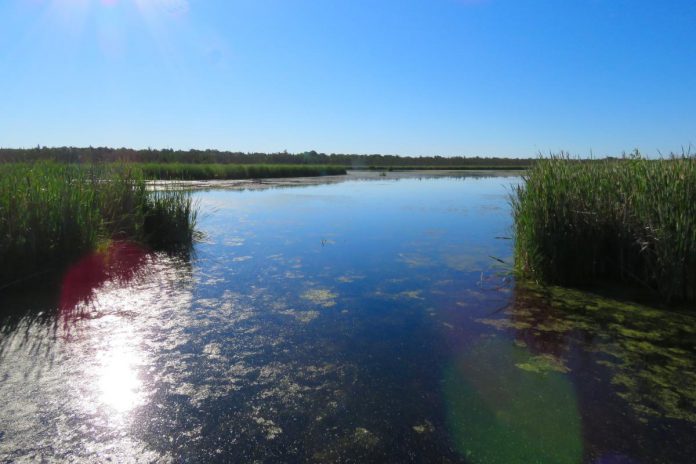
“At the risk of sounding arrogant, I’m pretty much the most important thing on the planet. Without me, life could not exist.”
So begins a holiday donation appeal by Kawartha Land Trust, written from the perspective of what the Anishinaabe people — the original inhabitants of the Kawarthas region — call Nibi or Nibiish.
“When you protect vital lands such as watersheds and wetlands, you help protect me (Water) and all living things.”
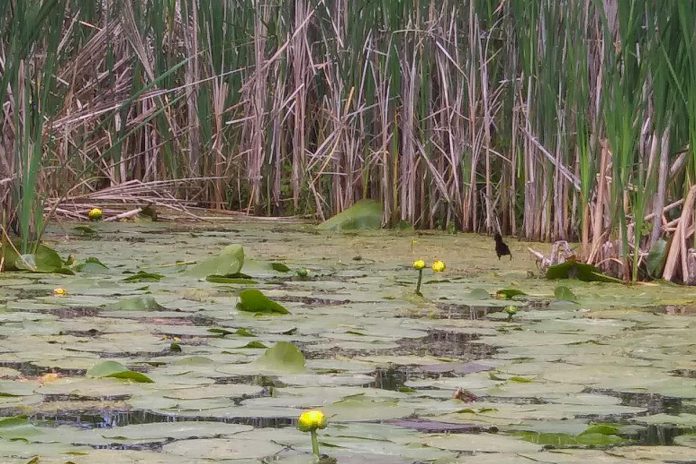
Kawartha Land Trust is a non-government charitable organization working to protect land in the Kawarthas. It currently protects 22 properties, comprising more than 4,500 acres of important and diverse types of land — including watersheds and wetlands.
In the Kawarthas, the loss of natural drainage systems is vast. In southern Ontario, more than 70 per cent of wetlands have already been destroyed by development.
Paved surfaces like roads, parking lots, and buildings change how water moves about the landscape, leading to increased risk of flooding and higher rates of erosion. Water can pick up pollutants such as pesticides, sediments, and fertilizers from farms and lawns, as well as salt, oil, and gas from parking lots and roads.
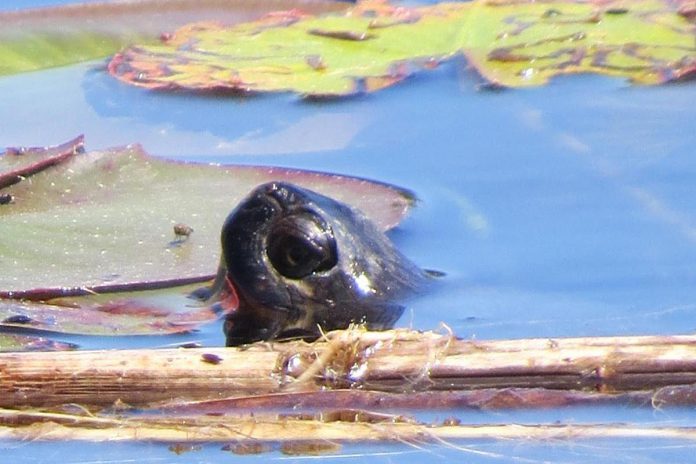
Wetlands help protect us from flooding by storing surface water and decreasing its flow over land. They help control shoreline erosion. They purify water by filtering out pesticides and harmful contaminants from human development, while also reducing the load on water treatment plants. Wetlands help replenish aquifers, essential to the groundwater that 30 per cent of Canadians rely on for their drinking water.
And wetlands do not only benefit people. Hundreds of wildlife species rely on wetlands, including birds, turtles, snakes, frogs, and fish. Perhaps most importantly, wetlands are immensely valuable for climate resilience, by trapping and sequestering carbon.
Kawartha Land Trust is asking for donor support so it can continue its important work of protecting water-related ecosystems in the Kawarthas. The organization is currently protecting 27 kilometres of natural shorelines and more than 1,060 acres of provincially significant wetland.
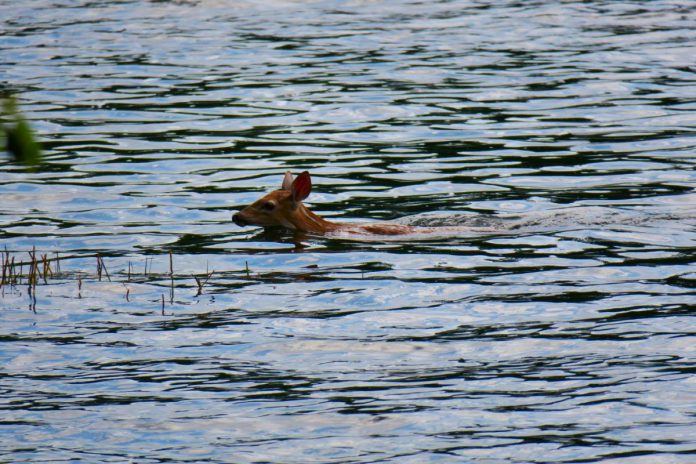
Through its Partners in Conservation project, Kawartha Land Trust is protecting water quality in the Fleetwood Creek Watershed, situated between Pontypool and Omemee along Ski Hill Road through Bethany. Since 2018, the project has worked with 20 private landowners to enable the stewardship of 2,400 acres of land.
In addition, Kawartha Land Trust is already protecting several properties that have important water conservation values. Here are some of them:
van Nostrand property
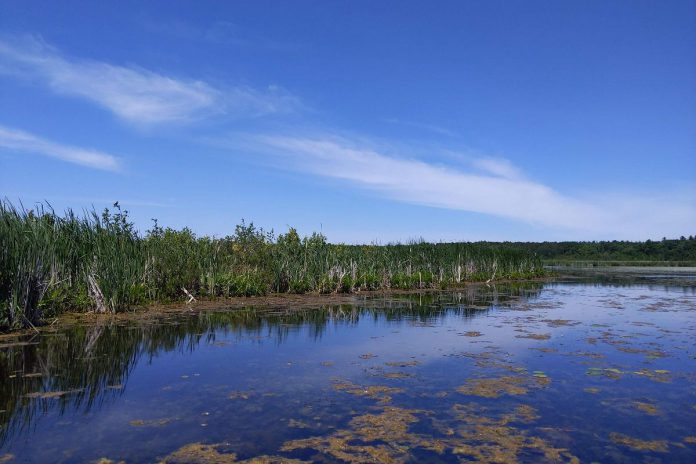
The van Nostrand property is located 15 kilometres southeast of Peterborough, on the shoreline of Rice Lake at the mouth of the Indian River, one of the three major river systems in the Otonabee Region watershed. The majority of this property is coastal wetland dominated by cattail marsh which hosts a diversity of species.
The property lies within the provincially significant wetland of Indian River Mouth. It also contains a portion of the regionally significant Indian River Marsh Life Science (ANSI). Containing more than 2.6 kilometres of shoreline along Rice Lake and the Indian River, it is an important corridor of connectivity along the shoreline of Rice Lake and the Indian River.
Christie Bentham Wetland
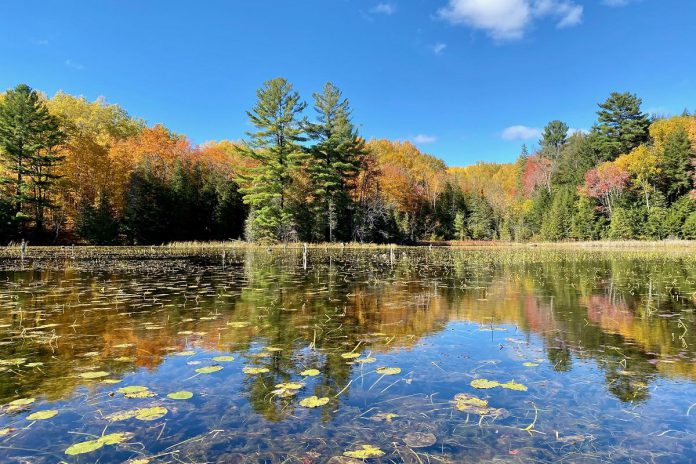
In 2020, Kawartha Land Trust purchased a 137-acre property south of Burleigh Falls, named after long-time Stony Lake community member Christie Bentham. Thanks to community support, this was the first time the organization purchased a property to protect, as all other protected properties have been donated by landowners.
Featuring more than 366 metres of natural and undisturbed waterfront on Clear Lake, a provincially significant wetland on the property contributes to the water quality of surrounding Bays and Clear Lake. It also provides vital habitat for breeding fish, birds, and species at risk.
Keppler Nature Sanctuary
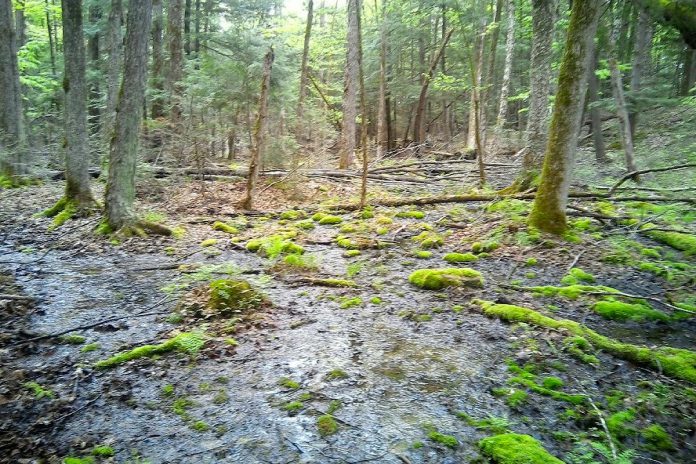
Located in the Chandos Lake area north of Apsley, the Keppler Nature Sanctuary contains a large wetland. It also has a mixed canopy forest, permanent streams, and vernal pools. Adjacent to 600 acres of Crown land, this 296-acre property protects a wetland network that is part of the Crowe River Watershed.
Wetlands on the property include graminoid meadow marshes and forested swamps. Around 566 metres of permanent streams flow through the northwestern corner of the property, feeding into the surrounding seasonally flooded meadow marshes. A large recently dewatered beaver pond occupies the northeastern corner of the property. These significant features provide critical habitat for many species at risk.
Big (Boyd/Chiminis) Island
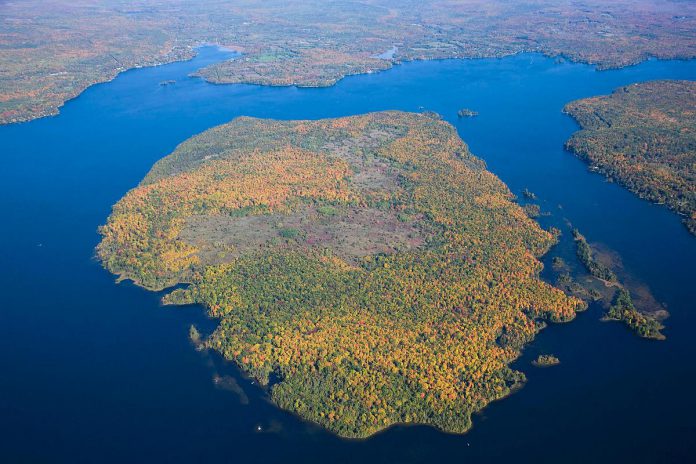
Big (Boyd/Chiminis) Island, located in Pigeon Lake west of Buckhorn, is the largest undeveloped island in the Kawarthas.
The property is an area of natural and scientific interest, and home to wetlands, diverse forests, and a wide variety of plant and wildlife species.
Fell Wetland
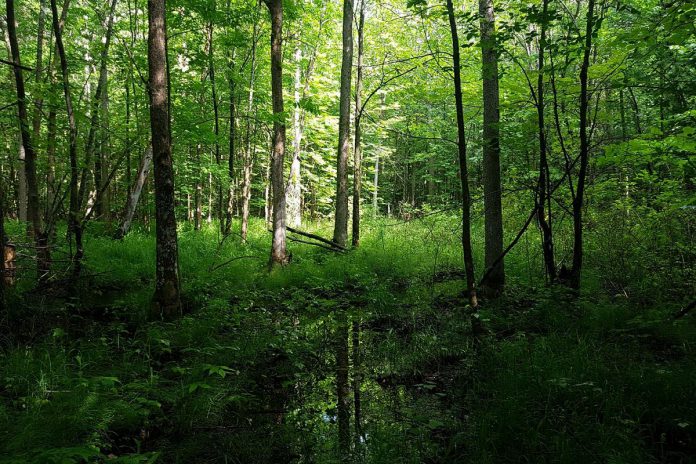
Relatively untouched by human activity and home to a forested wetland and cattail marsh, the 50-acre Fell Wetland property contains a portion of a provincially significant wetland that provides an excellent habitat to a biodiversity of flora and fauna.
Mitchell Creek runs through the property and leads to Cameron Lake, a part of the Trent Severn Waterway. This wetland system contributes significantly to the connectivity throughout the agricultural landscape, and is a major biodiversity hot spot in an otherwise highly disturbed area. The wetland and forests on this property serve as an important corridor for wildlife movement in the area.
Nogies Creek and Balsam Lake
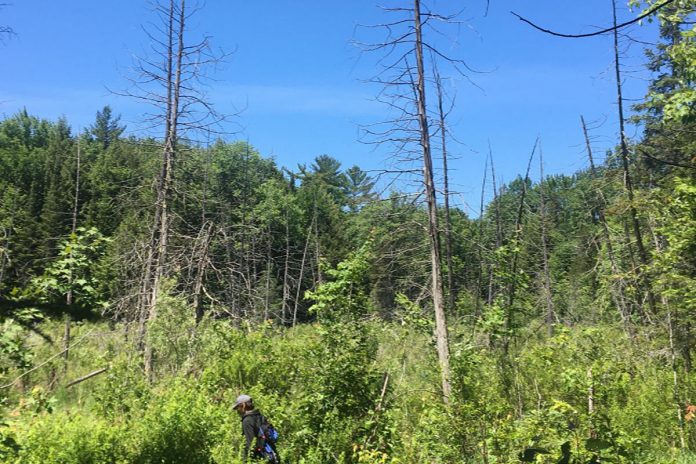
Kawartha Conservation donated Kawartha Land Trust’s latest protected properties in 2021. The two wetland properties, one on Nogies Creek and one on Balsam Lake, both contain significant ecological features and provide potential natural corridors to provincially protected areas.
The 100-acre Nogies Creek property includes significant ecological features, including mature forest stands and wetlands, and is a potential corridor between the Kawartha Highlands Provincial Park and the Queen Elizabeth Wildlands Provincial Park.
The 72-acre Balsam Lake property sits within a provincially significant wetland and provides excellent habitat for rare and at-risk species. Featuring 450 metres of natural shoreline along Balsam Lake, the property is a patchwork of shallow slow-moving watercourses and temporary water bodies that weave through three different types of wetland ecosystems, including a cattail marsh.
This holiday season, you can give a gift that lasts for generations. By making a donation, you can help Kawartha Land Trust manage the critical lands they already protect and help secure even more lands in need of protection.
For more information and to make a one-time or monthly donation, visit kawarthalandtrust.org/you-can-help/giving-options/.
This story was created in partnership with Kawartha Land Trust.


























